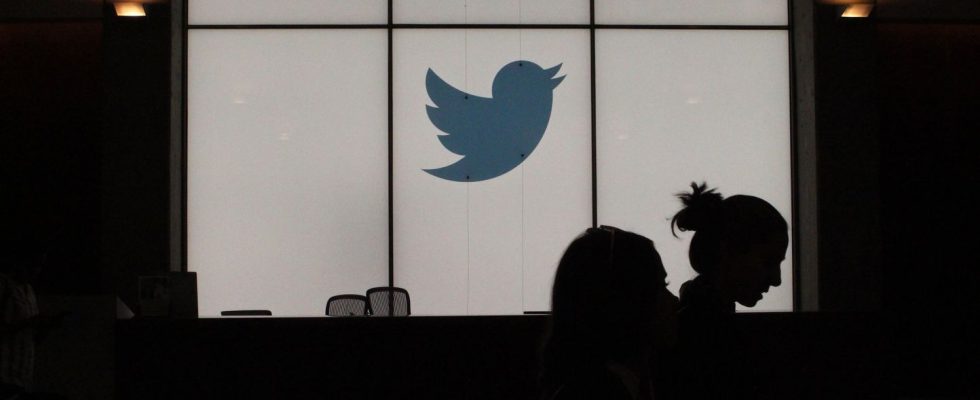After “Doppelganger”, here is “Matriochka”… Since September, online disinformation attributed to Russia no longer consists only of relaying anti-Ukrainian fake news but also of directly calling out Western media to encourage them to verify it. A vast “diversionary enterprise” aimed at journalists, experts warn.
This modus operandi was nicknamed the “Matriochka” or “Russian dolls” operation by the “Antibot4Navalny” collective which tracks influence operations linked to Russia on the X platform.
Hundreds of bots to massively engage media
An Internet user, “Käthe”, for example, commented on a BFMTV publication on Ukrainian sawed down the Eiffel Tower. “I see this kind of information every day. The official media don’t talk about it, what should I believe? », she asks.
In a few hours, this profile appealed in the same way to dozens of French media like Progress, Paris Match, Mediapart, PointFranceinfo, Le FigaroRFI, The Parisian… The account then remains inactive until December 20: it then broadcasts a graffiti of Zelensky caricatured as a homeless person in Los Angeles, a visual that another account will in turn ask the media to verify, and so on.
The data provided by “Antibot4Navalny” makes it possible to document the existence of dozens or even hundreds of profiles using this strategy of mass media arrest. Most of these are accounts left abandoned by their owner and then hacked. A sign that these accounts have been taken over by “bots”, the publications sometimes follow one another at the rate of one per minute, the better to flood social networks.
Stirring up the idea of weariness among Europeans and Americans with regard to kyiv
The analysis also revealed that accounts that ask the media to verify fake news will themselves broadcast it some time later. Thefts in the catacombs of Paris by a Ukrainian, embezzlement of military aid to Ukraine, truncated or invented Zelensky graffiti and false advertisements in Times Square: these publications always implicate Ukrainians and seek to fuel the idea of a weariness of Europeans and Americans with regard to kyiv. Most of these visuals were shared for the first time by Russian Internet users, notably on the social network Telegram and on news blogs.
This campaign seems to come in the wake of another, called “Doppelganger” which in recent months consisted of broadcasting anti-Ukraine fake news via visuals impersonating Western media, a campaign clearly attributed to Russia by the services of French intelligence, note the experts.
A “diversionary company for fact-checkers”
David Chavalarias, mathematician in social sciences and research director at CNRS, sees this campaign as a “diversionary enterprise aimed at fact-checkers” in order to “keep them busy on crude subjects, difficult to verify”. For the researcher, this operation can also aim to give visibility to these fake news by using them as relays, without their knowledge.
“The objective seems to be to capture the attention of fact-checkers to circumvent their work and have tactical and longer-term effects on points in the story about this ongoing conflict” by testing the virality of certain content, adds Julien Nocetti, associate researcher at the French Institute of International Relations (IFRI), adding that “the Russians are learning.” “And there’s a kind of agility in testing different methods.”
“Ukraine remains the country most often targeted by information manipulation – and this is not by chance,” Josep Borrell, head of European diplomacy, declared Tuesday during a press conference on disinformation and foreign interference, evoking a “battle of narratives”. “Security is no longer just a question of weapons, it is a question of information,” he concluded.

